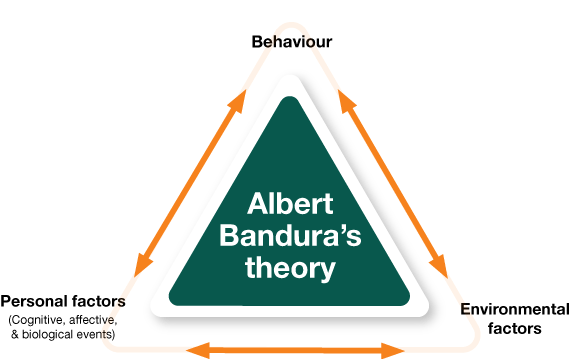I have already write
about threshold concepts and this is just what I also want to add.According to
Jan Meyer & Ray Land “A threshold concept can be considered as akin to a
portal, opening up a new and previously inaccessible way of thinking about
something. It represents a transformed way of understanding, or interpreting,
or viewing something without which the learner cannot progress.” The new
framework is organized around threshold concepts.
They are
transformative. That is to say, once student grasps the ‘threshold
concept‘it changes the way a student thinks about a subject. It is also highly
likely to be troublesome for the
student. It may seem counter-intuitive, or at best, really difficult to grasp.
Yet, once understood, it can make subsequent learning feel more intuitive or
‘easy‘. It is irreversible. Once
grasped, the student would find it difficult to unlearn. It is integrative. That is to say that once
learned, the concept helps unify aspects of the subject that may not have
appeared related to the student (this is most important for me). It may
completely shift the view that the student has towards the subject. This new
knowledge is enhanced by an extended and improved use of language. Grasping a
‘threshold concept‘will not happen in any twenty minute lesson snapshot. There
is no simple shift from easy to hard overnight. It requires revisiting and
reinforcement, but the rewards can be profound for our students. In different
subjects there will be crucial ‘threshold concepts‘that, once understood, can
give students the essential foundation for learning.
Each frame represents what is known as a “threshold
concept.” A threshold concept is an educational term that refers to a concept
or attitude that students have to reach or grasp before they can progress to
higher levels of understanding and mastery. Meyer and Land (2005) initially
coined the use of this phrase, describing threshold concepts as “conceptual
gateways or portals that lead to a previously inaccessible, and initially
perhaps troublesome, way of thinking about something” (p. 373). In the Framework
for Information Literacy, each threshold concept is accompanied by a set of
actions or behaviors (“knowledge practices”) and attitudes (“dispositions”)
that are exhibited by learners who have successfully crossed that knowledge
threshold.
The idea of a Threshold Concept makes perfect sense once you
hear about it. It’s those pieces of knowledge that change who you are as a
person and how you see the world. You cannot unlearn them. The example that I
found most amazing is my studies in library science because after I am finished
with my studies, I will not see the world the same, work is different and my
expectations for my own role will change. The Framework like the standards
before it acknowledges that each information literacy concept will look
different depending on the discipline. The Framework lists six information
literacy threshold concepts:
Scholarship is a Conversation
Research as Inquiry
Authority is Contextual and Constructed
Format as a Process
Searching as Exploration
Information has Value
Videos
Applying Threshold Concepts to different disciplines:



